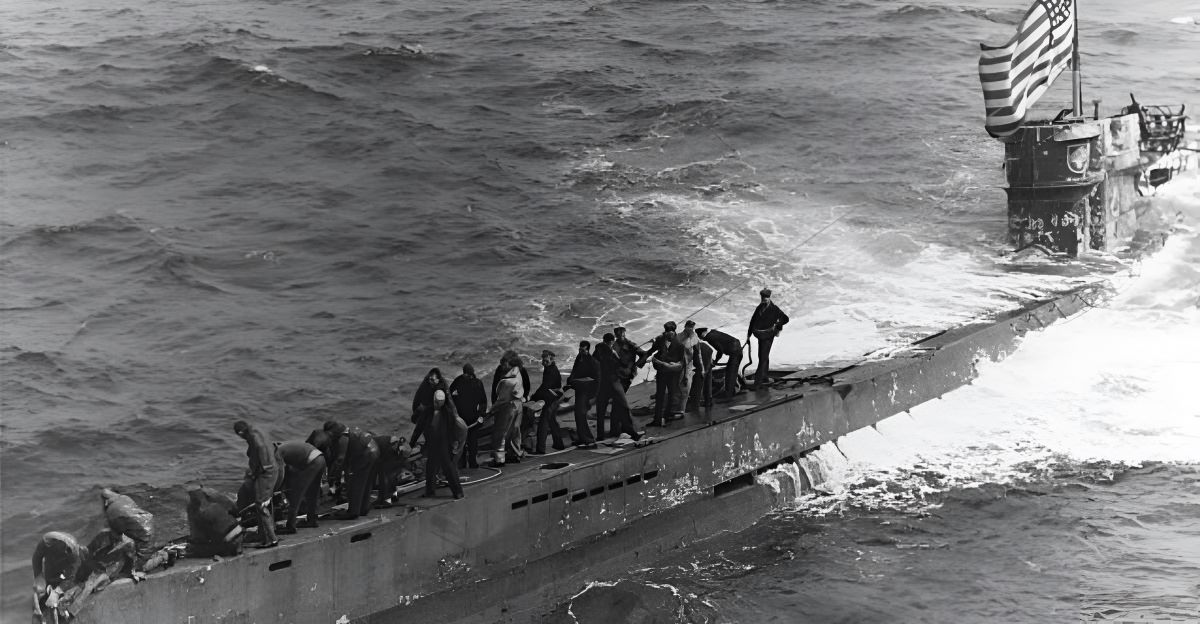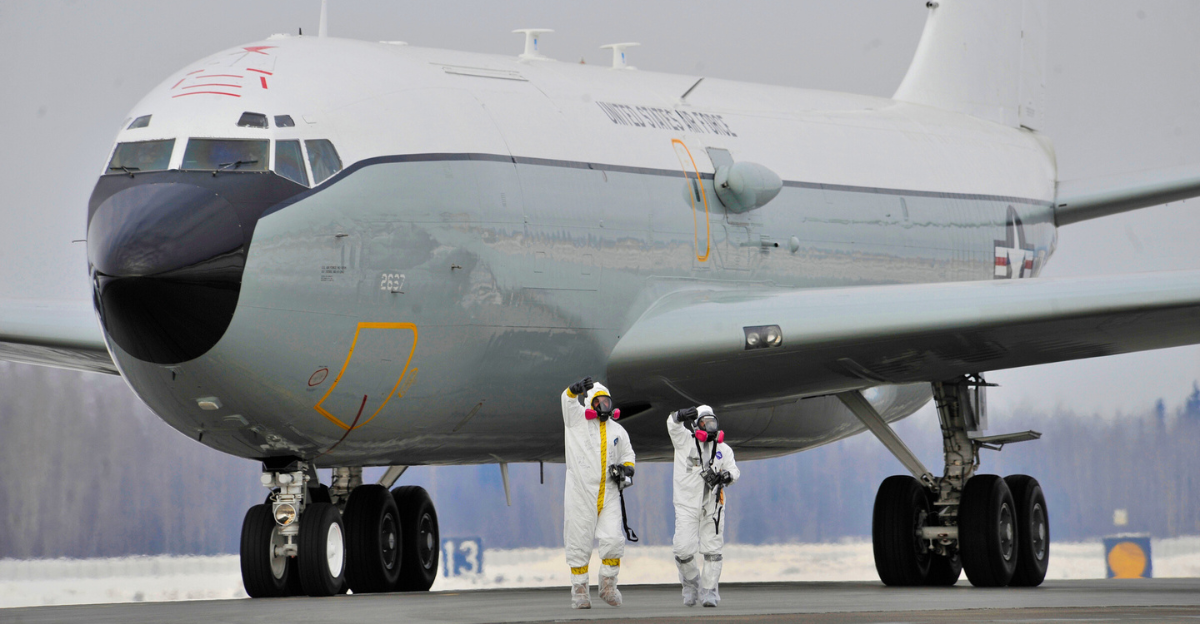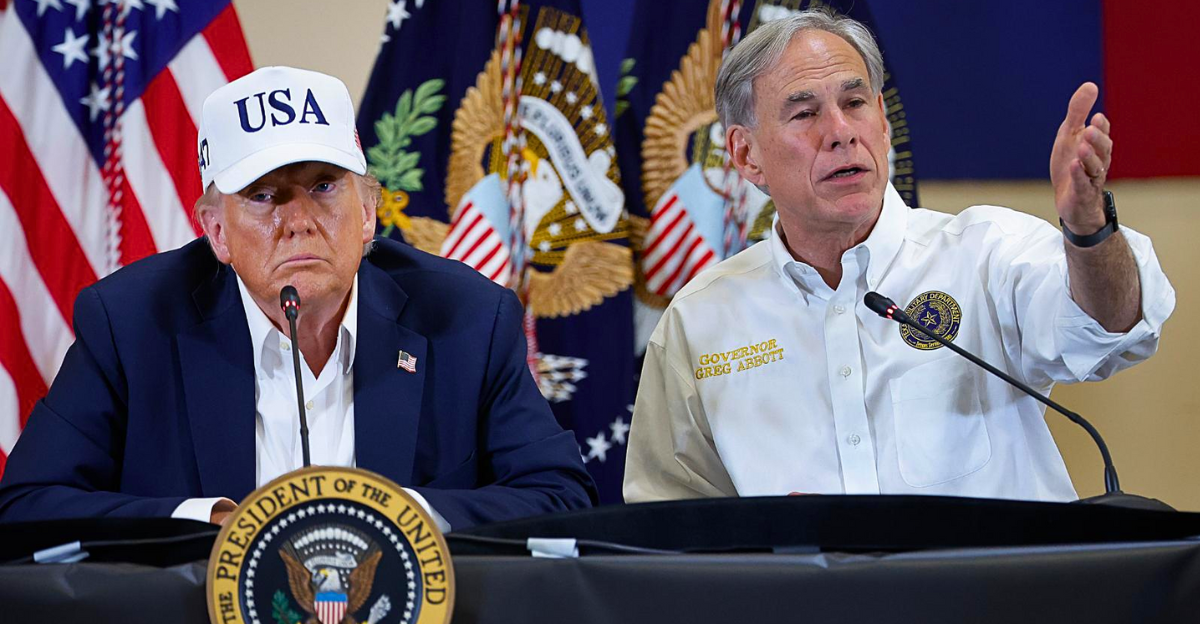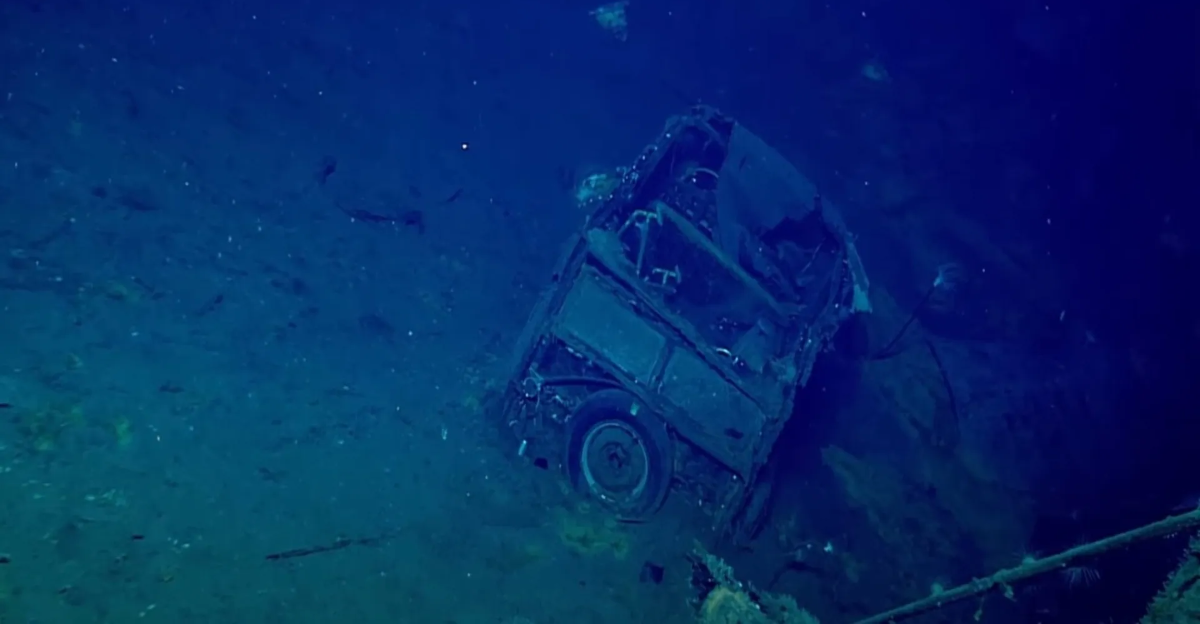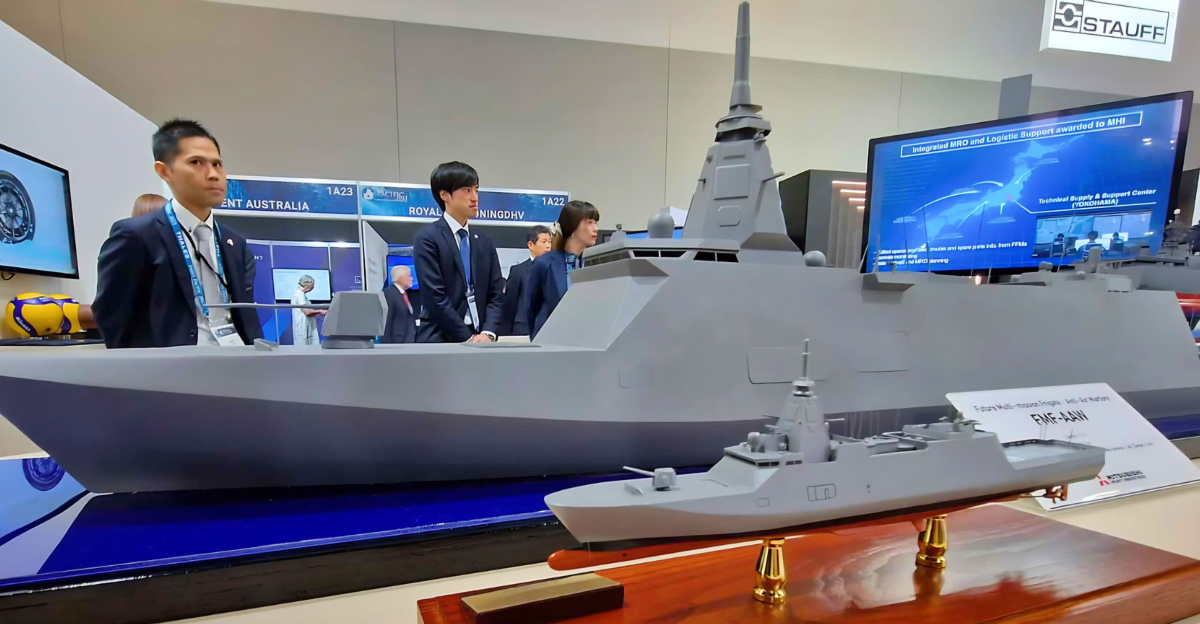
For the first time since World War II, Japan has signed a warship export deal. On Monday, Tokyo sealed a $6.5 billion agreement with Australia, marking the country’s largest-ever defense export. This move officially ends decades of pacifist policy and opens a new chapter in Japan’s military history.
Shifting Power in the Pacific
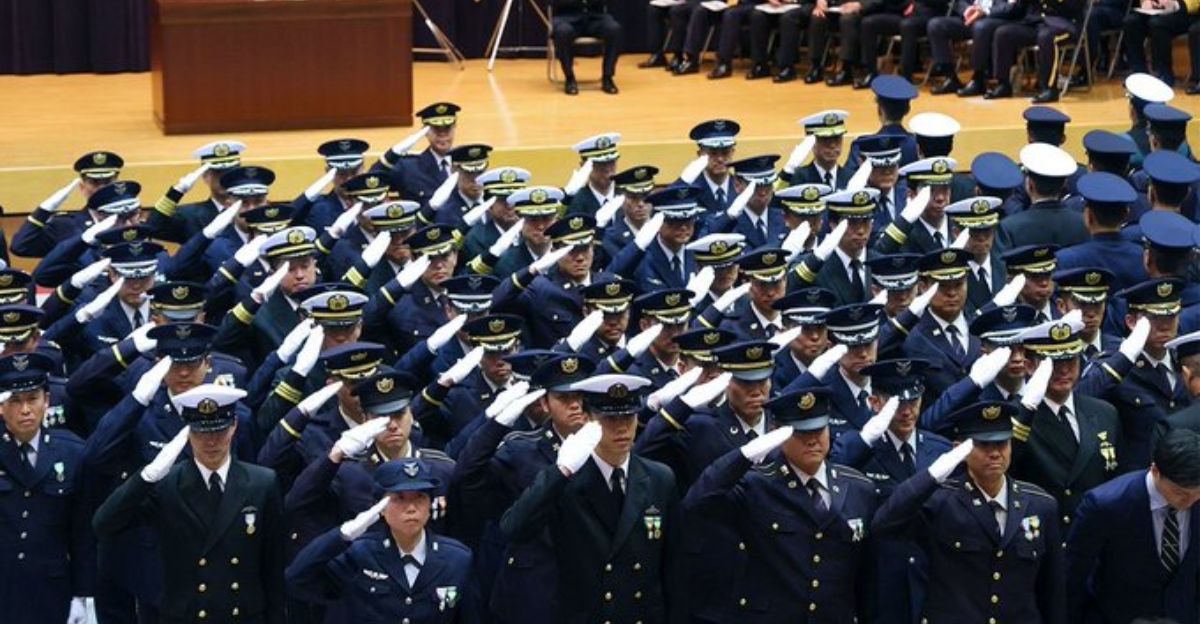
Japan’s new warship deal adds weight to an already tense region. As China ramps up its military presence, Japan raised its defense budget to $55.3 billion in 2024, a 21% jump from the previous year. The Indo-Pacific is facing growing instability as nations continue to arm themselves at record pace.
Peace as Policy
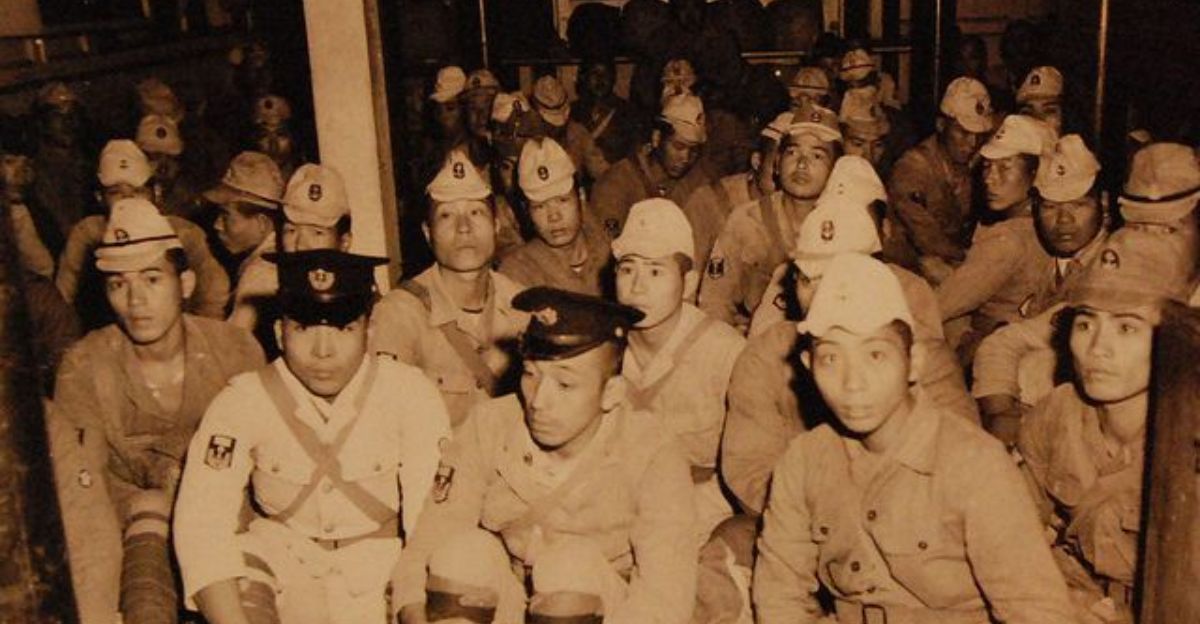
After its defeat in 1945, Japan committed to peace through Article 9 of its constitution, which renounced war. The 1967 Three Principles went even further, banning arms exports to communist states, sanctioned nations, and war zones. Over the decades, nonviolence became central to Japan’s identity.
A Total Lockdown
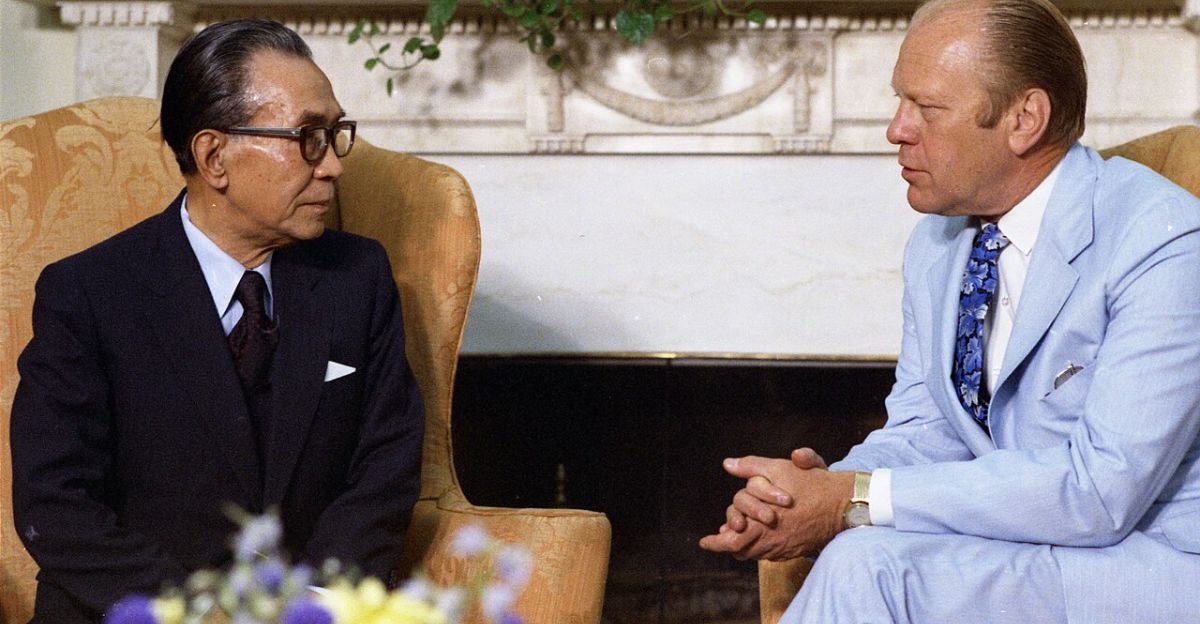
In 1976, Japan locked down its arms policy completely. Under Prime Minister Takeo Miki, the country banned all weapons exports, with one narrow exception, limited technology transfers to the U.S. For nearly four decades, Japanese defense production stayed within its borders.
Abe’s Big Shift
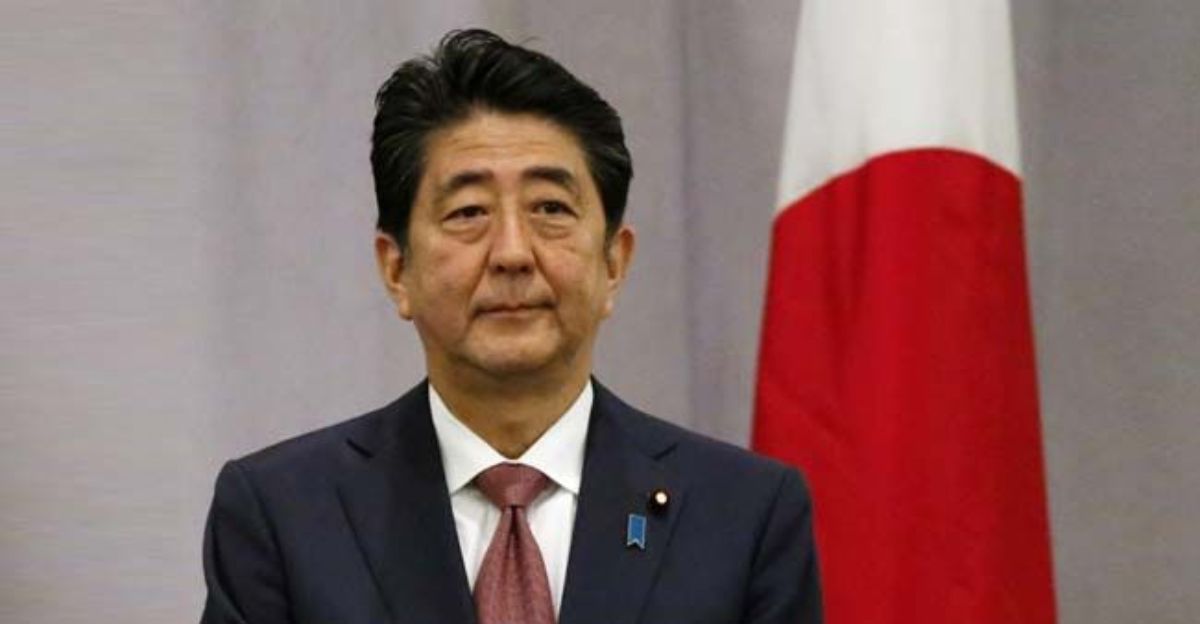
That all changed on April 1, 2014. Prime Minister Shinzo Abe introduced the “Three Principles on Defense Equipment Transfers,” allowing Japan to export weapons to allied countries for the first time since WWII. It was a major departure from decades of self-imposed restrictions.
Australia’s Naval Challenge
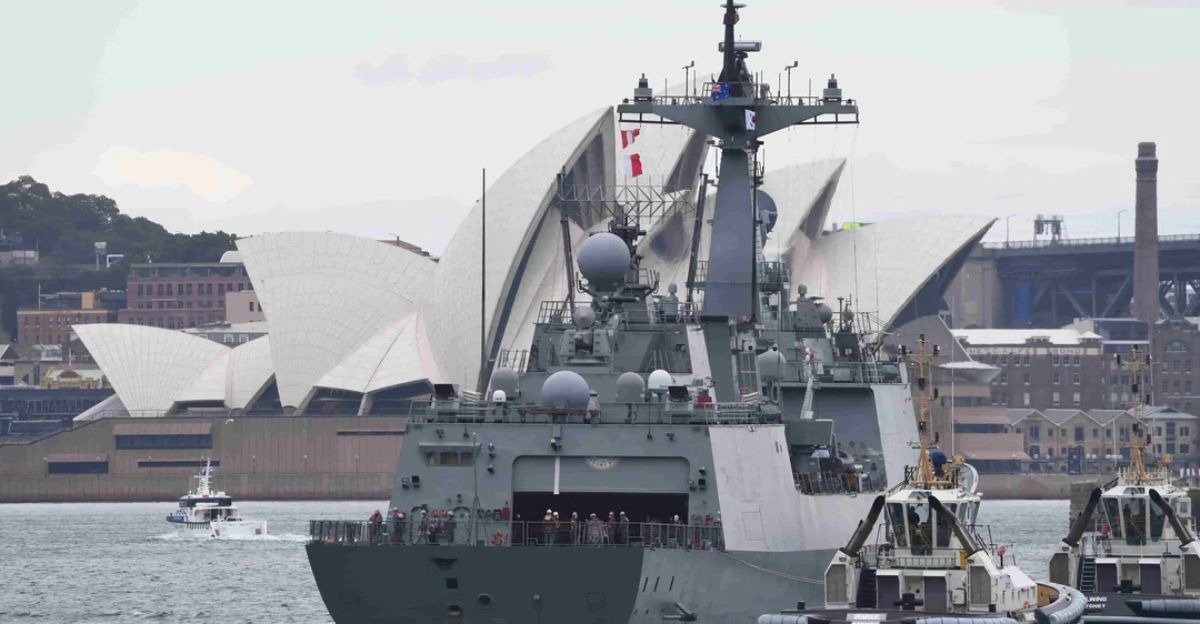
Australia is facing a naval crunch. Its current fleet includes just three destroyers and seven frigates, many of them aging fast. With 16 major combat vessels overall, this is one of the most outdated fleet compositions in recent decades. The first Mogami frigate is expected in 2029.
Cutting-Edge Crew Power
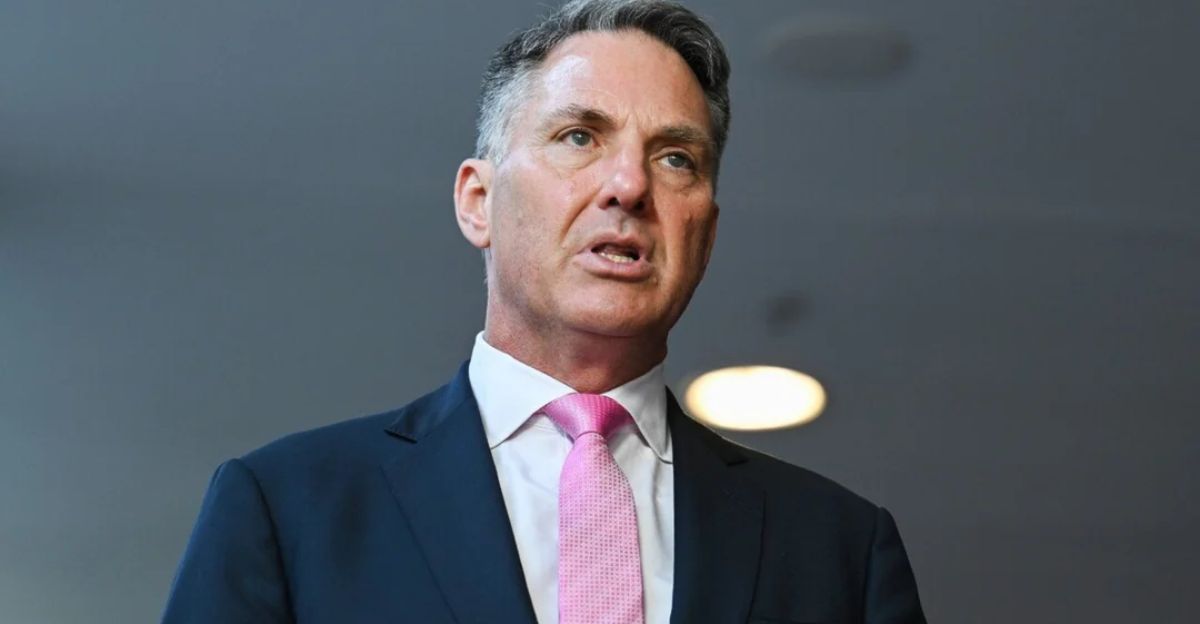
“This does represent a very significant moment,” said Australian Defense Minister Richard Marles. Thanks to next-gen automation, each Mogami frigate only needs 90 crew members, just half the 170 sailors required for the aging Anzac-class ships they’ll replace.
The Stealth Edge
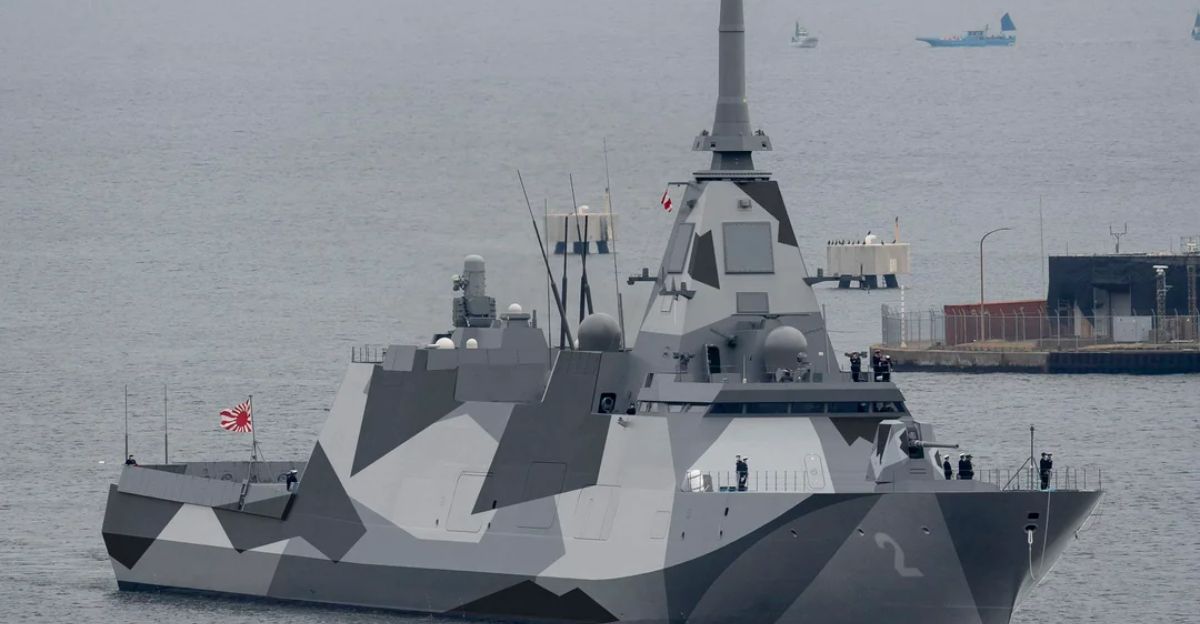
Mogami-class frigates are built for invisibility. Borrowing tech from Japan’s stealth fighter program, their radar signature is dramatically smaller, up to 100 times less detectable than traditional warships of similar size. Their sleek design is built for silence and surprise.
The Arms Race Accelerates
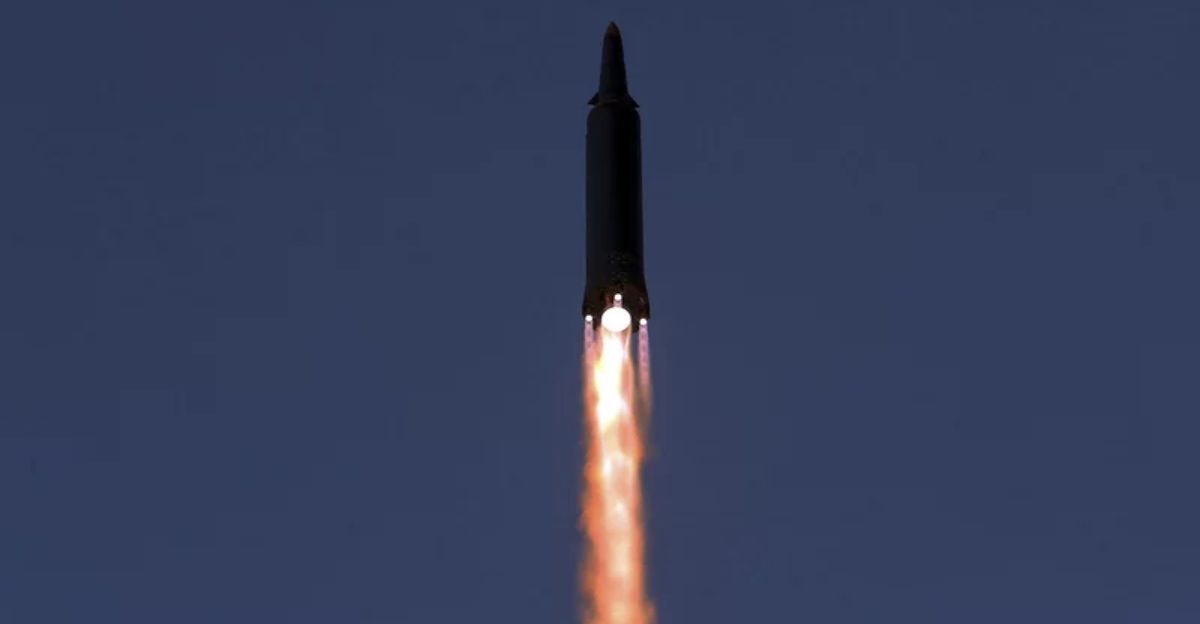
This sale is part of a bigger regional shift. Japan has committed to spending 2% of its GDP on defense by 2027. China continues expanding its military capabilities, and in 2025 alone, North Korea launched multiple missiles, including advanced hypersonic systems.
Learning From Failure

Japan’s road to success wasn’t smooth. Back in 2016, it lost a $38 billion submarine deal with Australia to France, largely due to political missteps and overconfidence. That loss forced a rethink, one that ultimately shaped the smarter, more strategic Mogami deal years later.
Industry in Crisis

Japan’s defense industry has been shrinking, with over 100 companies exiting the sector over the past 20 years. Domestic demand couldn’t sustain production, pushing firms like Komatsu, Daicel, and Yokogawa Electric to abandon defense contracts due to low margins. The Mogami frigate deal offers a lifeline, giving manufacturers the economies of scale they need to survive.
A Leadership Turnaround
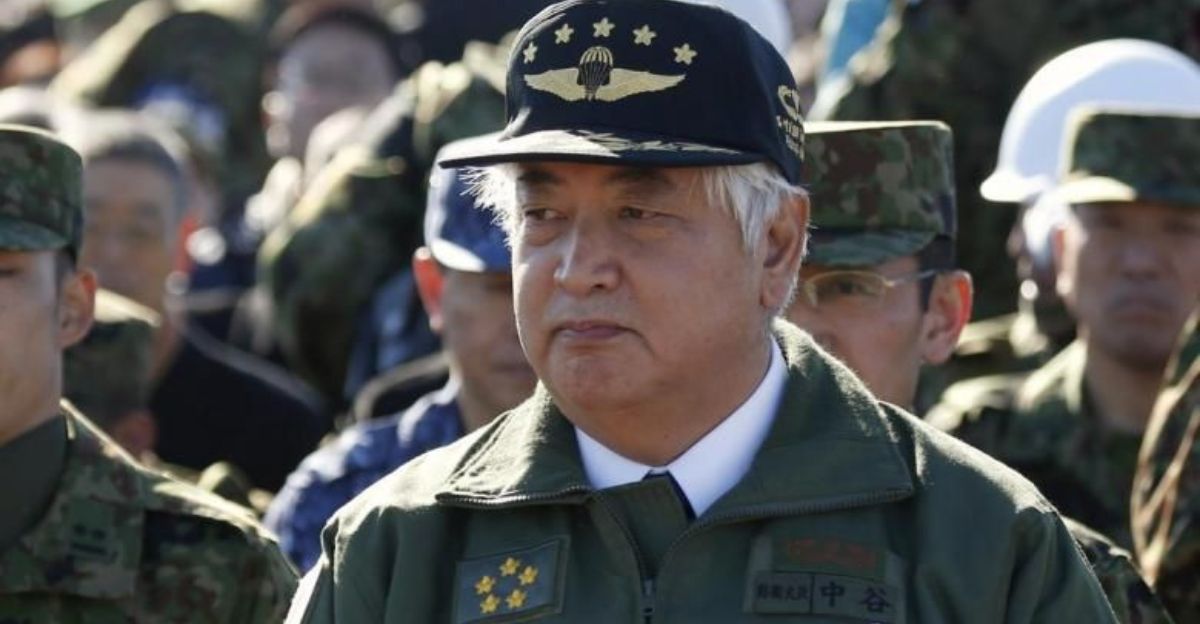
Defense Minister Gen Nakatani once faced public disappointment after Japan lost its 2016 submarine bid to Australia. He famously said, “We will ask Australia to explain why they didn’t pick our design.” Today, he’s leading a stronger export push. Prime Minister Shigeru Ishiba is also all in, becoming the first sitting leader to attend Japan’s top defense expo, DSEI Japan.
Allies by Design
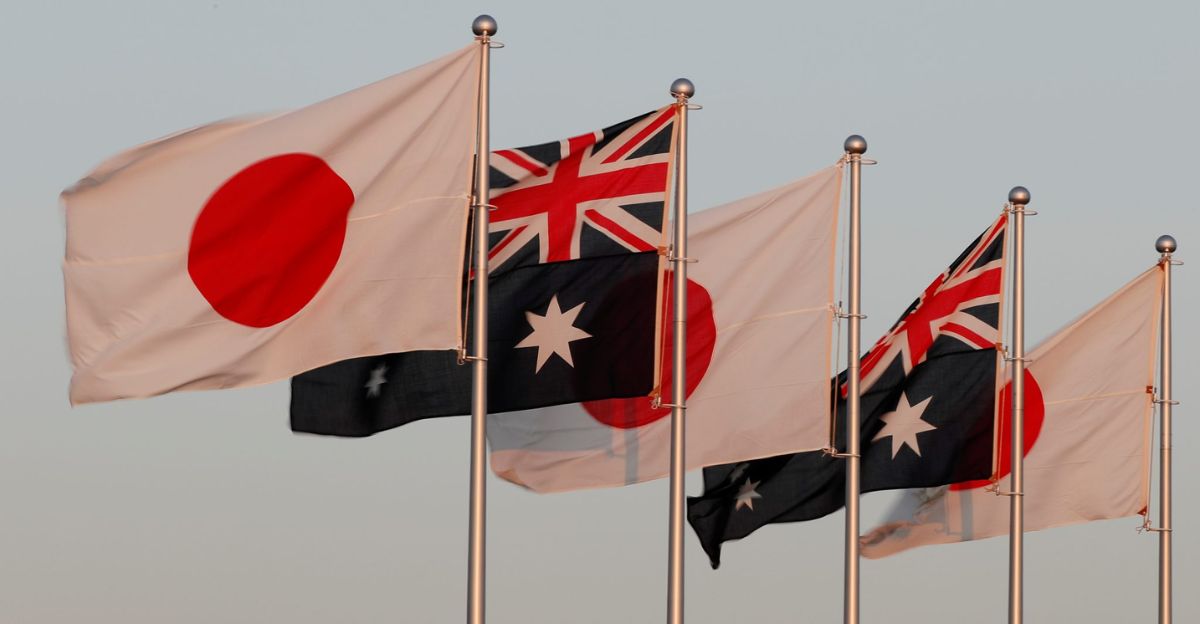
This deal builds on the deepening Australia-Japan “Special Strategic Partnership,” solidified by the 2022 Joint Declaration on Security Cooperation. The agreement includes a pledge for mutual consultation on sovereignty threats, echoing the language used in the ANZUS treaty that binds Australia to the United States.
Shipbuilding in Motion
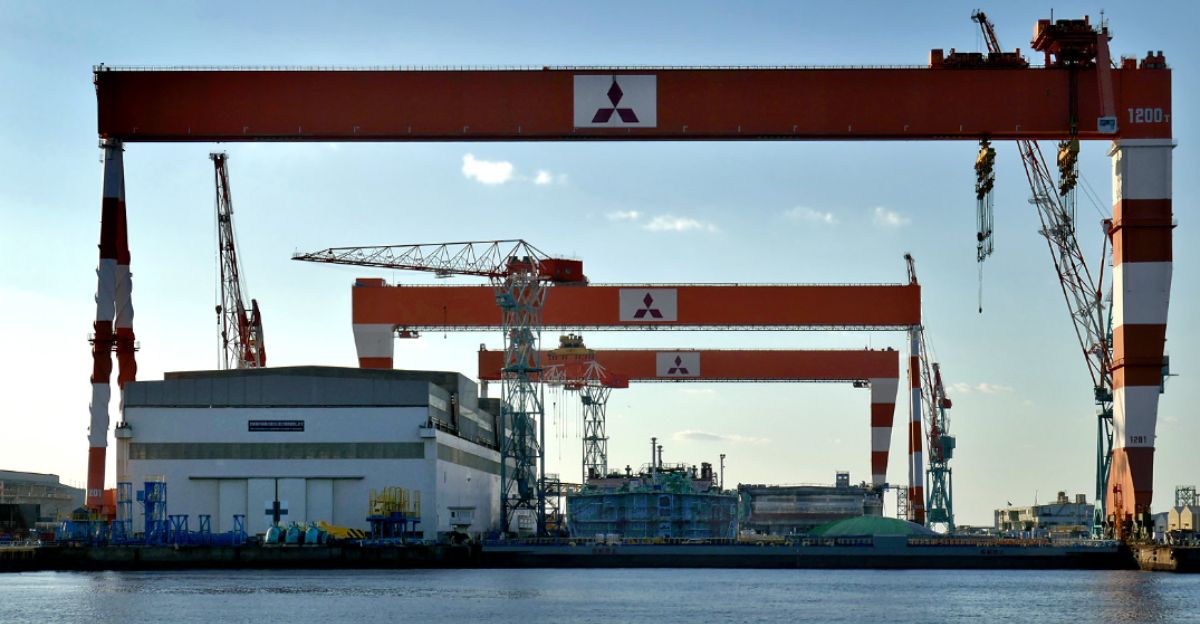
Mitsubishi Heavy Industries is set to deliver the first frigate in 2029. Japan is already building two Mogami-class ships per year for its own navy, meaning the production line is ready to scale. With some of the most advanced shipyards in the region, Japan is well-positioned to meet Australia’s tight deadlines.
Still Nuclear-Free
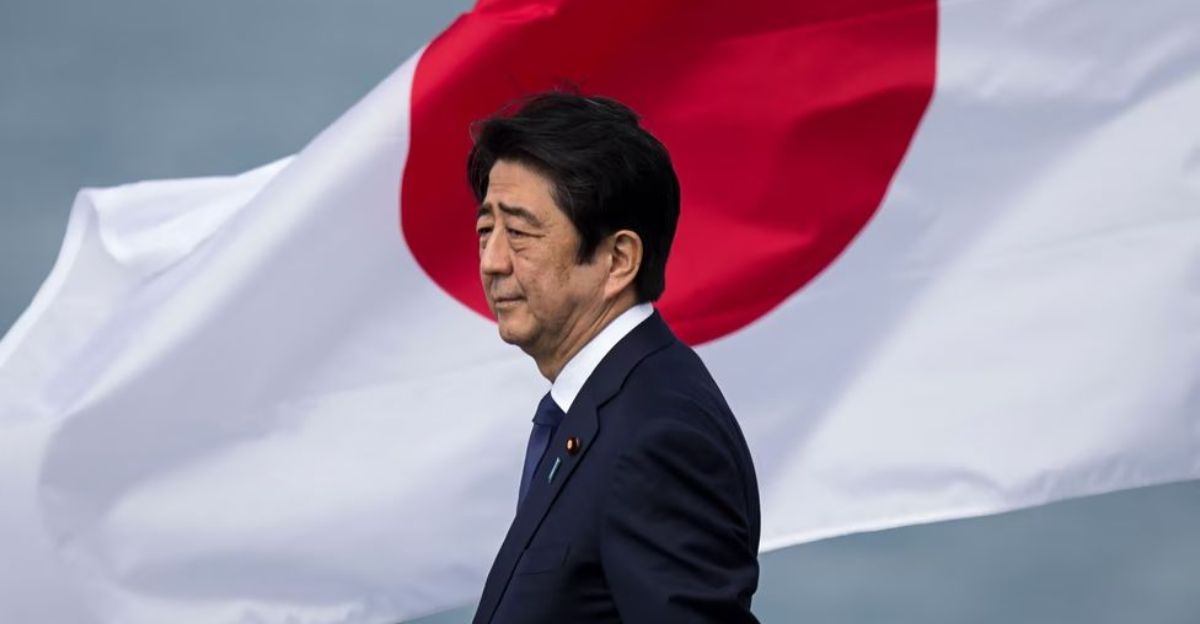
Japan remains firm on its Three Non-Nuclear Principles: no possession, no production, and no introduction of nuclear weapons. On August 6, Prime Minister Ishiba reaffirmed this stance, saying, “The government steadfastly upholds three non-nuclear principles and we have no intentions of revising them.” Even as Japan enters arms exports, its nuclear position remains unchanged.
A Political Breakthrough

A major shift came on December 22, 2023, when the government updated export guidelines to allow the transfer of finished lethal weapons, including missiles, for the first time since WWII. The move broke with decades of pacifist tradition and opened the door for Japanese defense systems to reach foreign markets under strict conditions.
New Power in the Pacific
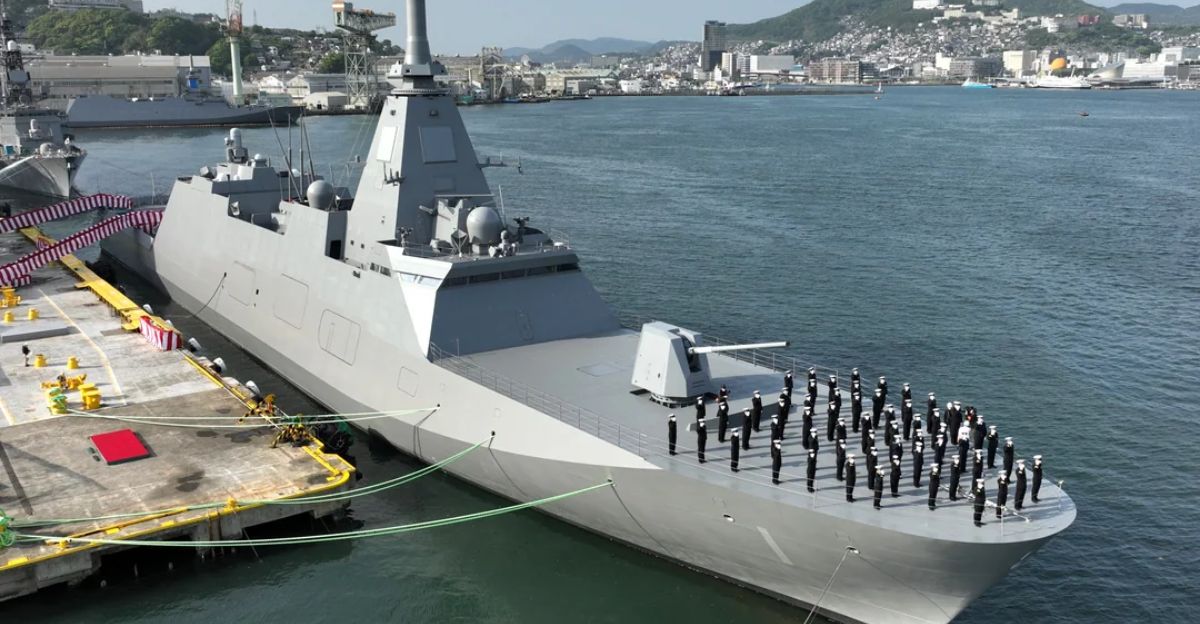
The Mogami-class frigates are game-changers. At 142 meters long, each one carries 32 vertical launch system cells loaded with long-range missiles. These advanced stealth vessels will patrol key Indo-Pacific trade routes, giving Australia a major boost in maritime firepower as regional tensions intensify.
Rewriting the Rules
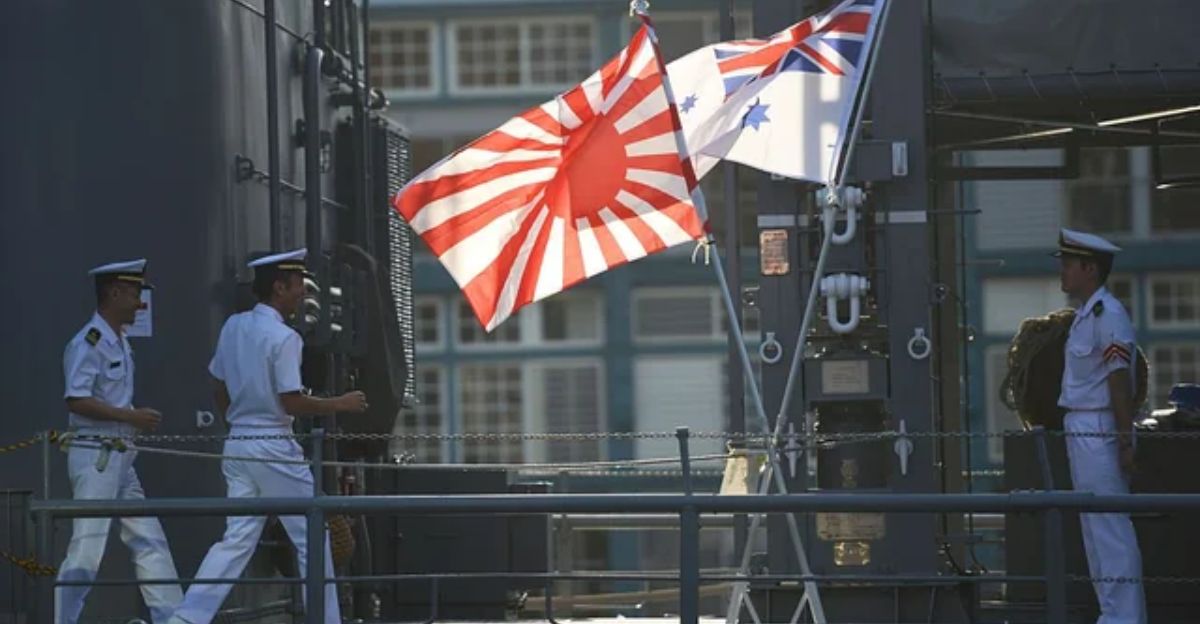
Japan’s shift in arms policy doesn’t break its constitution, it reinterprets it. While Article 9 still renounces war, new security laws allow collective self-defense and export of weapons to trusted allies. Sales remain prohibited to active conflict zones, and all deals require strict Cabinet-level approval.
A Shot at Revival
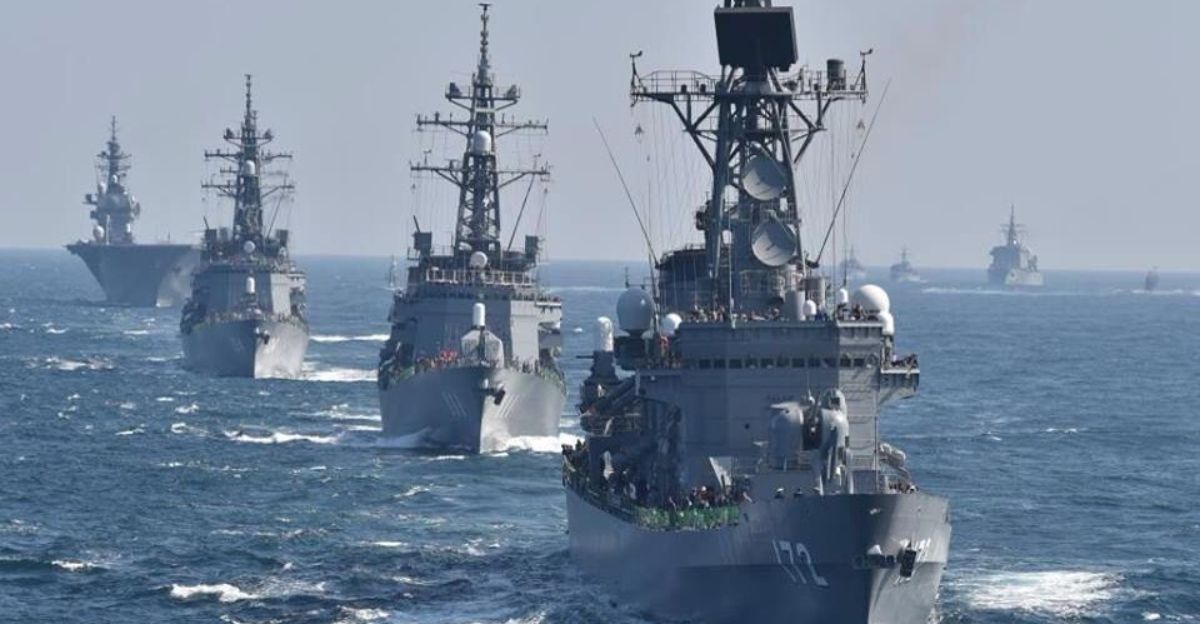
This deal could breathe life back into Japan’s defense sector. With Australia on board, Tokyo now has a foothold for reaching markets in its 15 partner nations. If things go well, Japan could rise as a major global arms exporter.
The End of Pacifism?
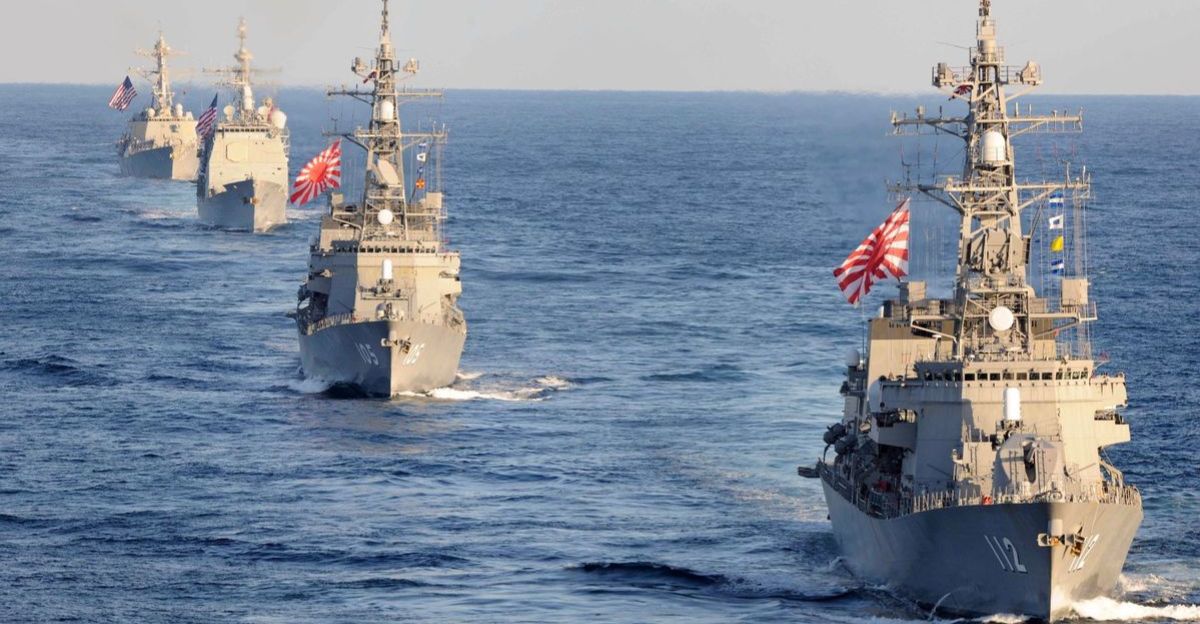
Japan’s $6.5 billion warship sale marks more than a business deal. It signals the end of an era. As China flexes its muscles and the U.S. grows less certain, Japan is stepping up, not as a protected state, but as a regional protector. A new balance is taking shape in Asia.

